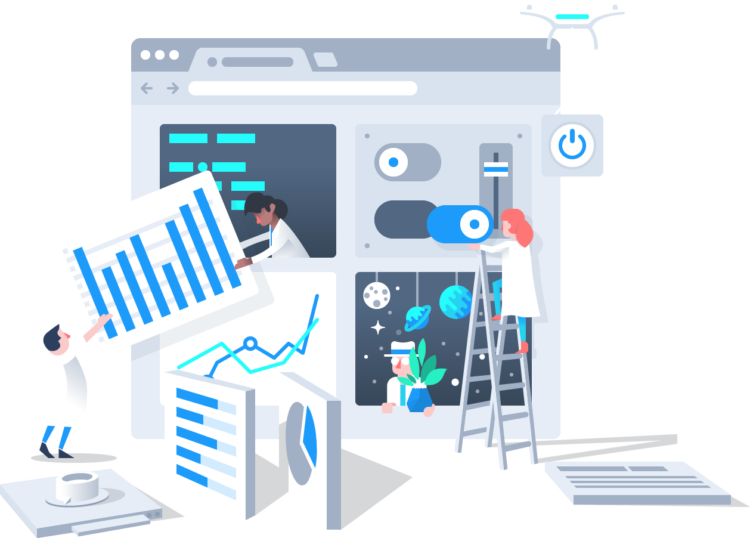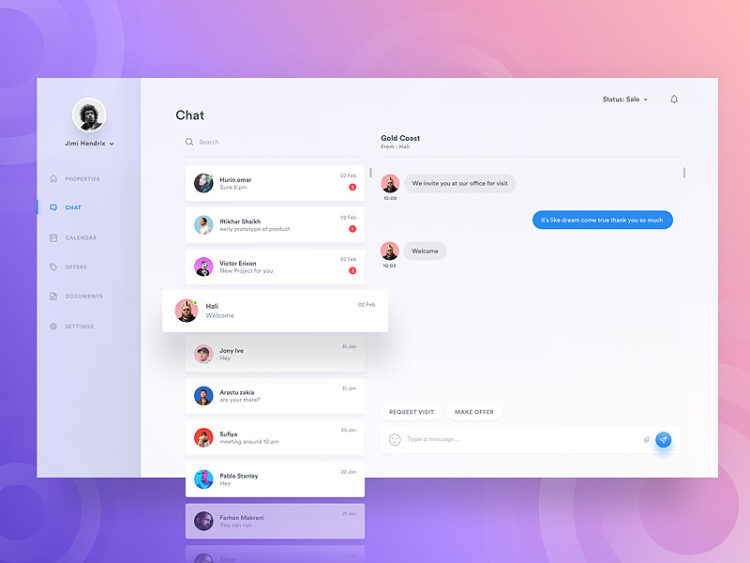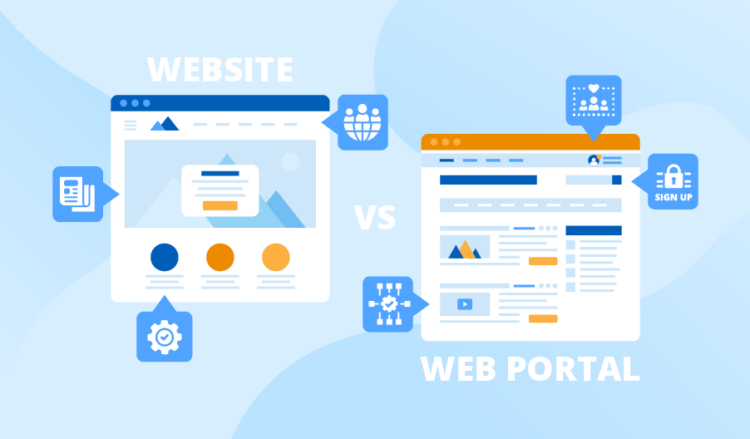Are you a business owner looking for new, original ideas to grow your company? In that case, you ought to keep reading. This blog article will discuss the various web application types and how they could benefit your business. The majority of firms eventually realize they need a web application. Whether you’re looking for a special solution developed especially for your company or a pre-made product that you can adapt to meet your demands, we’ll help you find the best answer for your business.
Static Web Applications

Static web apps lack flexibility and only contain limited material. These apps are regarded as server-generated pages with little to no interaction in this context. These programs typically don’t allow for customizing, and any changes are made to the page after it has fully loaded.
Static web apps, in essence, appear to clients exactly as they do on the server. The application server does not alter the page’s content before sending it to a web browser.
Static web apps are written by b2b web portal development in languages like HTML, CSS, JavaScript, etc. Static web apps can incorporate animated elements, GIFs, movies, and more, but updating them can be challenging. They are websites that are not built using a server-side programming language. Instead, they’re written in HTML, CSS and JavaScript. Static websites can be interactive or dynamic but they don’t have any kind of database connected to them which means there is no real-time data being stored on your server (other than any information you might store locally).
Static websites are built using frontend frameworks like Bootstrap or Foundation that help make building your site easier as well as look great out of the box!
Dynamic Web Application
Dynamic web apps are an improvement above conventional static ones since they are technically more challenging to design. Their main goal is open communication with the client. To pique a customer’s interest in the products or services the web app is offering, they do contain a number of interactive features and strategies.
All of the public and private information published on the website is stored in databases by these web apps. In order to manage the backend and frontend components, these kinds of apps frequently have an admin panel where administrators may modify the content and add other interactive features.
Dynamic HTML (DHTML) is a technology for creating dynamic content on web pages. DHTML allows you to change parts of your website without changing any HTML files or even refreshing your browser window; this makes it possible for users to interact with your site in new ways, for example by adding items from an online catalog into their shopping cart without having to leave the current page!
Web Applications with a Single Page (SPA)

A single web page or document is loaded by a one-page web application. In single-page apps, only the content body is transferred; all other data remains unchanged.
It uses the JavaScript API to change a few pieces of content at once without refreshing the page. Users can check their mailbox when they use an email app, but the page banner and widget remain the same.
These web app technologies are implemented directly within the web browser. This makes it faster and less expensive to develop than conventional web apps.
SPAs are a great solution for building complex, data-driven applications. They offer many advantages over traditional web applications, including instant loading and improved user experience. But they also have some disadvantages.
SPAs are not a new technology. They were first introduced by Google in 2009, and they have been used to build many popular applications. If you’ve ever used Google Docs or Gmail, then you’ve seen a SPA in action.
Multi-Page Apps
Applications with many pages operate similarly to regular web applications. Every time a user takes a new action, the app reloads and displays a fresh page from the server in the browser.
The functionality of these kinds of web applications is kept on the backend, thus client requests are sent back to the server and rolled back.
The user interface is harmed by the process of creating pages on the server, transmitting them to the client, and displaying them in the browser.
By using AJAX technology, which performs quick updates without requiring a full page reload, this issue can be solved. MPAs can integrate nicely with the mobile environment if responsiveness is taken into consideration while designing them.
A benefit of using this type of software is that it makes it easier for users to find what they are looking for on your site since there are more options available in terms of navigation, such as menus and search bars. The downside is that multi-page apps require more development time than single-page ones do because they need to be built from scratch rather than being converted from another platform like WordPress or Bootstrap (which would only require minor changes).
App Portals

An online web application known as a portal presents data from several sources, such as emails, message boards, and search engines, in a unified fashion.
Portal web applications enable the scalability of the business and its operations by enabling personalized access and user-centric navigation based on the demands of the user. Patient portals, university and educational portals, client portals, and other different types of web-based application portals are a few examples.
In the event that you ever wish to create a web portal, you can learn from Coursera and Udemy, two well-known educational portals globally.
Web-Based e-Commerce Application
When your web application directly promotes products or services to potential customers, you can refer to it as an e-commerce web application, which is the same as an online store. A user-friendly interface, the capability to add new products and remove existing ones, the management of payments, and the facilitation of electronic payments are only a few of the key features of the e-commerce web app.
Flipkart, Amazon, Ajio, and numerous other e-commerce web apps are on the list of the most well-known ones.
Conclusion
You now have ideas about various web apps and web-based applications examples, use cases, and benefits after reading through all of these distinct sorts of web applications. You can communicate with the site’s administrators or other visitors by using web applications.







